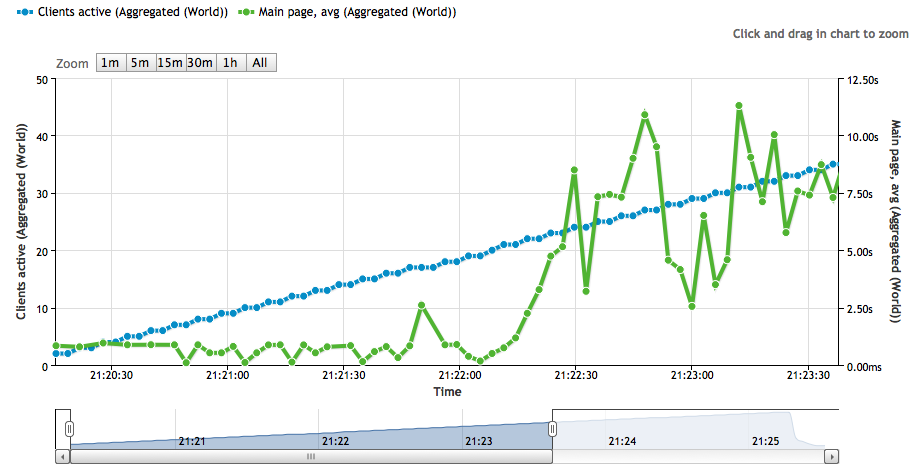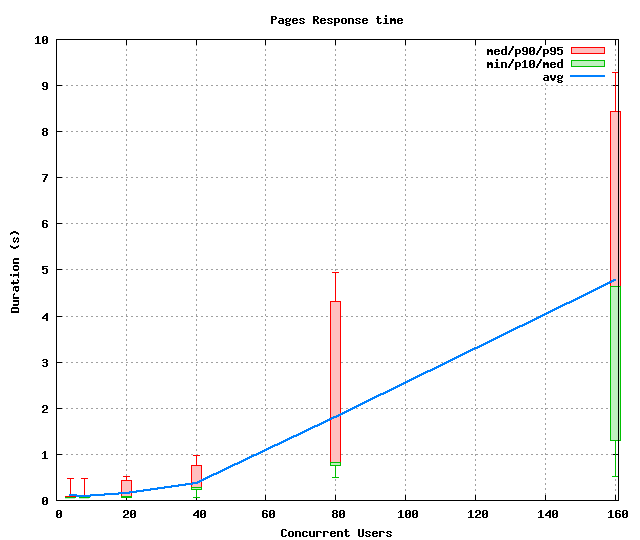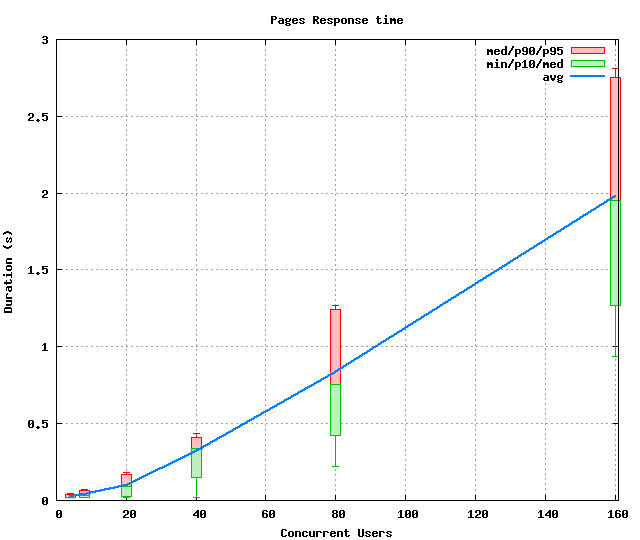ComiXology Scandal
Unless you’ve been living under a rock, you can’t have missed the news that ComiXology released a new version of their mobile app that drastically changes how comics are purchased. It was reported on technology, gadget, Apple–related, and of course comicbook-related websites. It was even discussed heavily on RPG forums.
A summary of the situation is that:
- The iPad/iPhone app doesn’t have in-app purchases anymore – you’re forced to buy directly from the web by switching to Safari.
- The Android app still has in-app purchases, but as I understand it they don’t go through Google Play anymore and, instead, directly hit ComiXology’s servers.
Of course, the internet being what it is, a lot of people are pissed off and are voicing their rage on social networks. I’m not happy with the change either but I’m going to try and articulate my more moderate opinion in a few points here.
It’s probably too soon
The comics industry was in very, very bad shape until recently. Digital comics revived a moribund market in a completely unprecedented way, largely thanks to ComiXology on the iPad. Digital comics let new readers discover series at their own pace without having to enter an intimidating comicbook shop and browsing through stacks of TPBs to find the first story arc. When everything is just a tap away, especially single $2 issues instead of $15 collected volumes, it’s much easier to try things and, eventually, start following one of them. Impulse buying was a big part of ComiXology’s success and the market’s recovery.
But I’m not sure the market has recovered enough at this point. Adding several extra steps between the reader and a purchase may discourage a big percentage of users who are still casual readers and not “fans” yet, and effectively stop to the inertia accumulated over the past couple years.
Profit trumps user experience
It is clear now that this change was made to align with Amazon’s strategy after they were acquired. Amazon is a company that has always walked an extremely fine line of near-zero margins in almost all aspects of their business.
So it’s not surprising that they’re first doing to ComiXology what they did with the Kindle app: avoid the 30% tax that Apple and Google have on their in-app purchasing systems. And it makes sense to do so when you already have your own micro-transaction infrastructure in place, which is the case with Amazon.
The problem is that Apple completely forbids developers from using their own system… and in this case, Amazon chooses their margin over their users’ experience.
That’s extremely disappointing but, again, not surprising coming from Amazon.
Glossing over details
Another disappointing aspect of this whole affair was how unclear the announcement was. This is the email I received:
Dear Comics Enthusiast,
We have introduced a new comiXology iPhone and iPad Comics app, and we are retiring the old one. All your purchased books will be readable in the new app once you’ve downloaded it and taken the following steps:
- In the original Comics app, log into your comiXology account.
- Sync your in-app purchases to your comiXology account by tapping the Restore button on the Purchases tab.
- Download the new comiXology app. This will be your new home for downloading and reading comics.
- Start shopping on comixology.com. New purchases will appear in the “In Cloud” tab in our new app.
Read this a couple times and tell me if you would have understood what it was all about. It says there’s a new app, but it never says why. Why are they switching to a new app instead of just updating the same one? And where does it say you won’t be able to purchase directly from the app anymore?
This is unacceptably bad communication.
It’s unclear where the money goes
And what happens with that 30% that ComiXology is going to save on each transaction? It’s totally unclear whether this will be redistributed in any way to the creators and publishers.
It would have been extremely easy for ComiXology to mention that more money will go to creators in order to get all fans behind the change. Instead, we’re left to assume this all goes into Jeff Bezos’ pockets… probably because that’s exactly what will happen.
Not really a change for me
That said, since the beginning of the platform, I’ve been buying comics directly on comixology.com in the hope that this meant more money for the creators… and if not, at least I was giving more money to a small but growing company that was making the industry better. So the new iPad app is effectively not changing anything as far as I’m concerned… except that now I’m not sure where this extra money goes anymore.
Pricing and delayed releases
Some people have mentioned that moving to a true web store will let ComiXology and publishers set a finer pricing scale, i.e. comics sold at, say, $1.50 (Apple enforces price points of $0.99, $1.99, $2.99, and so on). This may prove beneficial, but given that it’s Amazon we’re talking about, it may prove to be another opportunity to put pressure on publishers’ margins.
It will also remove the occasional hassle of issues being delayed, or even blocked, by Apple’s crazy stupid approval process because – shocking! – some of them contain adult material. But then again, it was easy enough to switch to the web store for only those rare issues.
ComiXology is becoming obsolete anyway
Another reason I’m less annoyed by this change is that ComiXology was having a decreasing presence in my reading habits anyway. Image Comics has been offering DRM free comics for a while now, so I effectively stopped buying anything from Image in ComiXology. Most Marvel titles I don’t really need to own so I’m reading them through Marvel Unlimited. This leaves DC/Vertigo titles and indie comics, and those are increasingly purchaseable directly from the author…
Conclusion
So all in all, I don’t care that much about the change from a personal user experience point of view, but it does make me worried about the future of the industry. It also doesn’t shine a good light on Amazon – although I guess that’s the least of their worries.
I would hope ComiXology manages to revert the change, but frankly I’d rather put my hopes in more DRM-free comics available directly from the creators and publishers instead.





